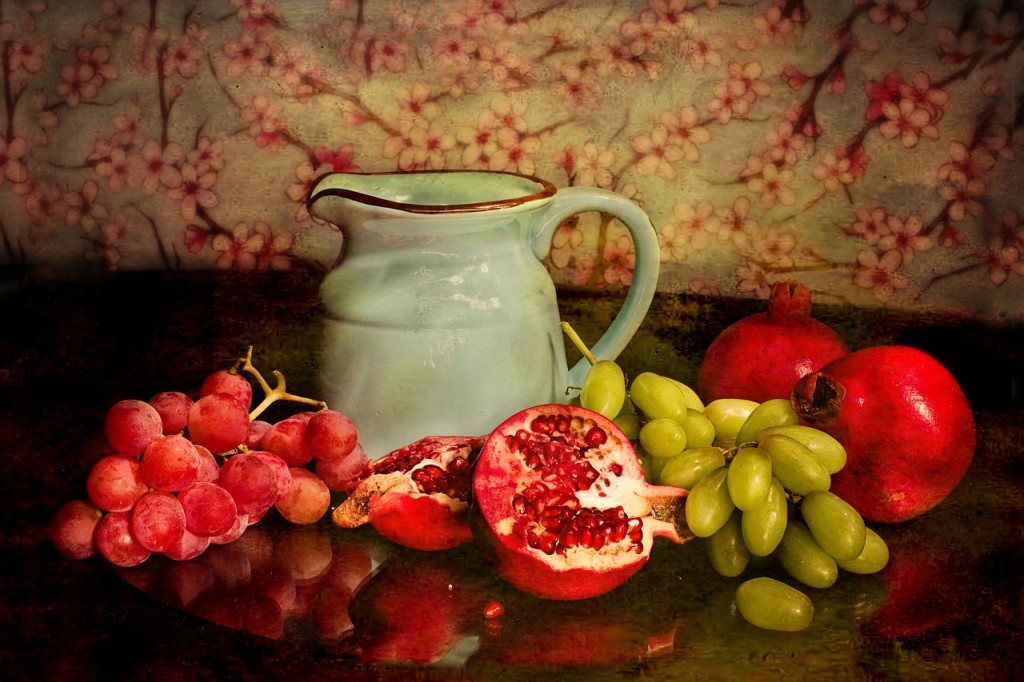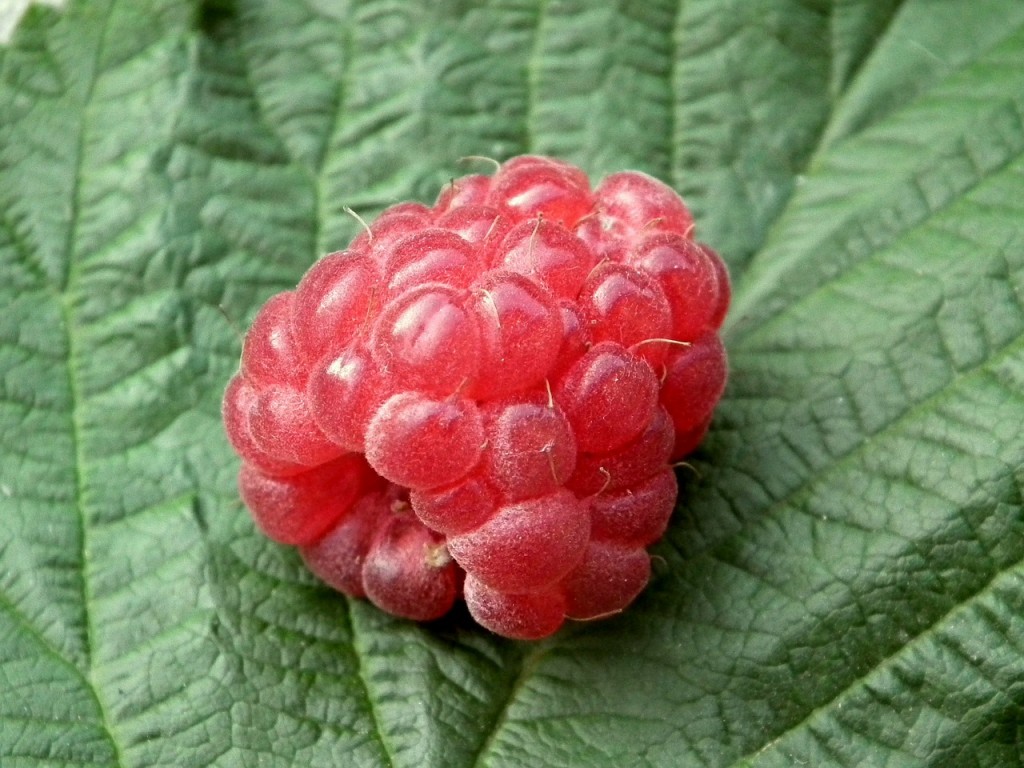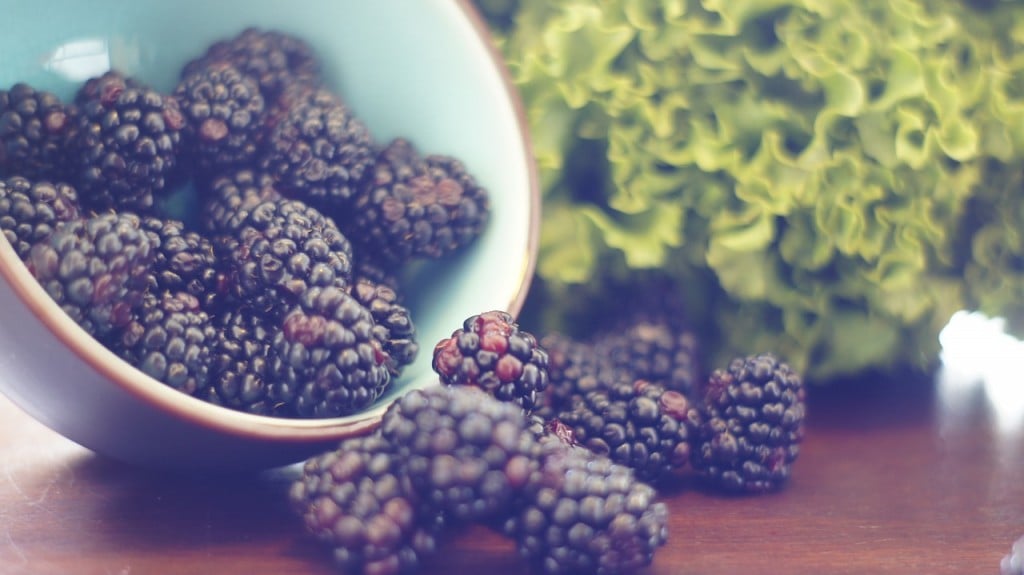
The greenhouse is a controlled environment that is ideal for growing plants requiring closer attention than others and are not as tolerant to unpredictable conditions that the climate might throw at them.
Indeed, it is a wonderful way for green-fingered enthusiasts and gardening professionals alike to work – so much so that it might be worth considering what other methods can complement the presence of a greenhouse in a garden.
A fruit cage is one such option – and it has a great deal of advantages to offer over other methods of growing fruit. While a greenhouse is ideal for giving certain seeds a strong start, sometimes they will really benefit from being moved outdoors for a period.
This is just one reason a fruit cage could be an ideal solution. Just one of the key positive aspects of a fruit cage is the fact it can protect the produce from preying birds and other animals.
Bunny Guinness – who is a chartered landscape architect, a regular panellist on the BBC Radio 4 show Gardeners’ Question Time and author of the Family Gardens book – agreed that a fruit cage is clearly a great place to grow fruit. In an article for UK national newspaper the Daily Telegraph, she suggested taking advantage of its location to give some thought to the aesthetic appeal of the produce that will be emerging from it.
She said that to this end, her own fruit cage is filled with raspberries. The expert singled out the Tulameen raspberry as one of the best varieties for this purpose. It is characterised by huge, prolific and very sweet fruit.

Online specialist site Raspberry Resources noted that the Tulameen is also a very bright red hue, as well as having a concentrated and rich raspberry flavour. It is also one of the largest raspberries available, meaning it is a popular choice with commercial growers.
This does not mean it is not as well suited for home garden growing – quite the reverse. Indeed, Tulameen typically does very well in such a space. Ripening in July, it has a very long fruiting season, usually somewhere in the region of 50 days.
Few spines are present on the tall canes produced by Tulameen. It is fairly hardy to colder, wintery conditions, but will need to be kept in a sheltered site – such as a fruit cage.
Ms Guinness added that there are plenty of other kinds of fruit that perform just as well in a dedicated cage.
“Although birds will eat many fruit, gooseberries and blackcurrants are less popular while blueberries, white currants and redcurrants are more popular (in descending order of sweetness/popularity starting with the blueberries),” she commented.
“Gooseberries are underrated, some are so sweet they are delicious raw,” the expert continued, adding: “My favourite is Rokula, with wine-coloured berries. Extremely easy to propagate from hardwood cuttings in winter. I grow them as ornamental standards – beautiful and delicious!”
Another factor Ms Guinness advised taking into consideration was its overall aesthetic, remarking: “It can also make a wonderful focal point for the garden as a whole.”



